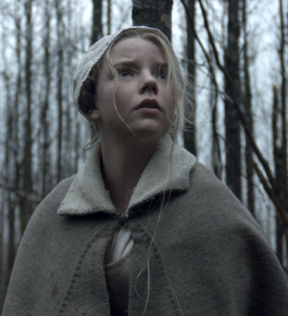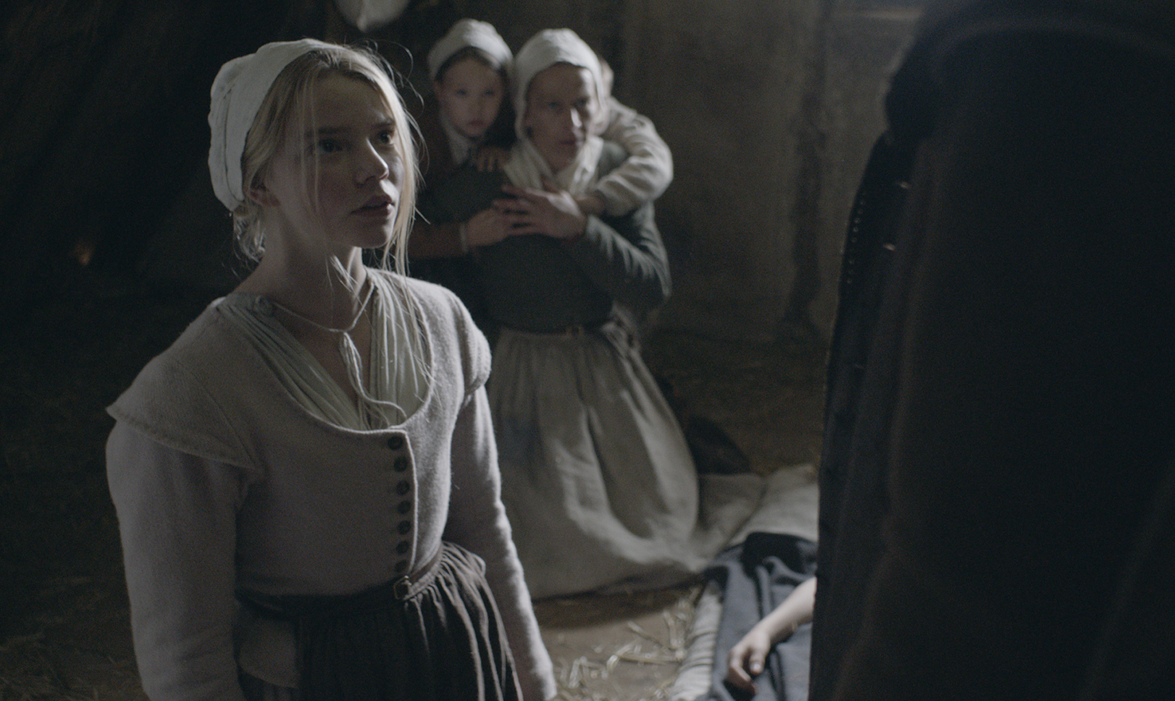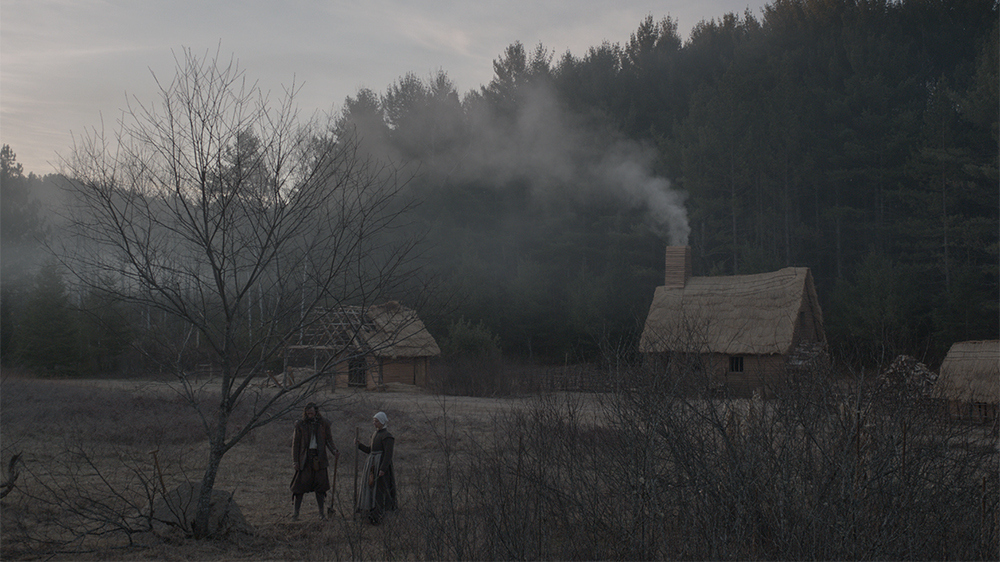 Michael C. here with one of the big discoveries of Sundance 2015.
Michael C. here with one of the big discoveries of Sundance 2015.
There is something happening in the horror genre right now. Maybe it's a response to the dreadful depths to which mainstream horror titles sank in the past decade but like antibodies fighting off an infection the indie scene has churned out one great movie after another in recent years: The Babadook, The Guest, A Girl Walks Home Alone At Night, Under the Skin (which is totally horror, if not only horror). Like an unstoppable slasher the genre will just not stay down. Already at this Sundance we have had the astonishing It Follows and now comes Robert Eggers' The Witch another peak for the horror genre.
The Witch is a true blast of originality that immerses the viewer in 1630's New England as a family of puritans banished to live isolated on the edge of wilderness is beset by the occult terrors residing in the nearby woods. The result is more than simply jump-outta-your-seat scary (though it is often that) it is genuinely unnerving in a way few films can manage. The effect is like a cold hand slowly closing over your heart.

Any discussion of The Witch begins and ends with its astonishing production design. It feels less like a horror film about the 1600's and more a horror film from the 1600's, indeed much of its story was inspired by historical records from that time period, written by people for whom witches were as accepted as disease and pestilence. Eggers and his team have clearly taken great pains to recreate the conditions of 1630's living and the results are mesmerizing. You can practically smell the combination of rot, damp wood, and farm animals. Eggers adjusts his filmmaking style to match, allowing in none of the tricks that jazz up modern horror films. No stuttering jump frames, no overly-processed sound design for the creature, no Raimi-esque look-at-me camera moves. Eggers relies on direct, classic set ups as solid as the chunks of firewood that we see being relentlessly chopped throughout the film.
The cinematography, likewise, relies on natural light as much as possible, leading to some breathtaking imagery showing a family perpetually on the edge of being consumed by darkness. This striving for authenticity lends enormous power to the supernatural elements, which feel like a natural extension of this world, not a fanciful creature but a plague that has grown up out of the Earth like a fungus. The sight of a hag doing unspeakable things in the darkness, her naked body a cascade of greasy waist length hair and obscene rolls of sagging skin is a tableau of grotesque, visceral evil.
The shadow of Arthur Miller's The Crucible looms large over The Witch, but Eggers escapes it by going full force in opposite direction right from the start, with a scene involving the fate of a stolen baby that leaves zero ambiguity over whether or not there is an otherworldly force at work. One might worry that the presence of such an overt monster would rob the film of subtlety, turning into just another rote haunting film, the 1600's answer to The Conjuring, but Eggers screenplay is to crafty for that. The title character works an extension of the cracks that already exist in the pilgrim family. Their buried resentments, guilt, and jealousies, as well as a barely suppressed strain of sexual hysteria, makes them a beacon to evil, and invitation for the witch to come feed off their despair.

Last Sundance I came away championing the performances of Boyhood's parental set. This year it will be cheering for a much different set of parents, Ralph Ineson and Kate Dickey as William and Katherine the parents who come unraveled as the evil rips open the cracks in their marriage. Ineson and Dickey have been reliable character actors for years (you may best recall Dickey from her memorable encounter with the Moon Door on Game of Thrones) and they are nothing less than spectacular when giving a chance to dive into these incredibly demanding lead roles.
The angel-faced Anya Taylor-Joy is terrific as the eldest daughter trying to survive the tempest pulling apart her family. She is good at appearing almost too pure not to be concealing something. As Caleb, the second child, Harvey Scrimshaw does heroic work, particularly in the intense scenes after he runs afoul of the hag. Bonus points to the cast for making the Old English dialogue feel natural when it could have been an enormous distraction.
I will say no more about the plot. It is best left for you to experience its twists and terrors unprepared. Eggers creates a psychological landscape so rich and absorbing that even with The Witch's limited scope - it is essentially a chamber drama taking place almost entirely with its limited cast in and around the cabin - it never feels like small. Rather its power grows as the focus tightens.

Grade: I'm convinced of The Witch's greatness but hesitate slightly on the level of that greatness since my view might, I confess, be slightly clouded by the thrill of discovery. I will go for a cautious A- for now but I can see myself regretting not giving it the full A in the coming months.